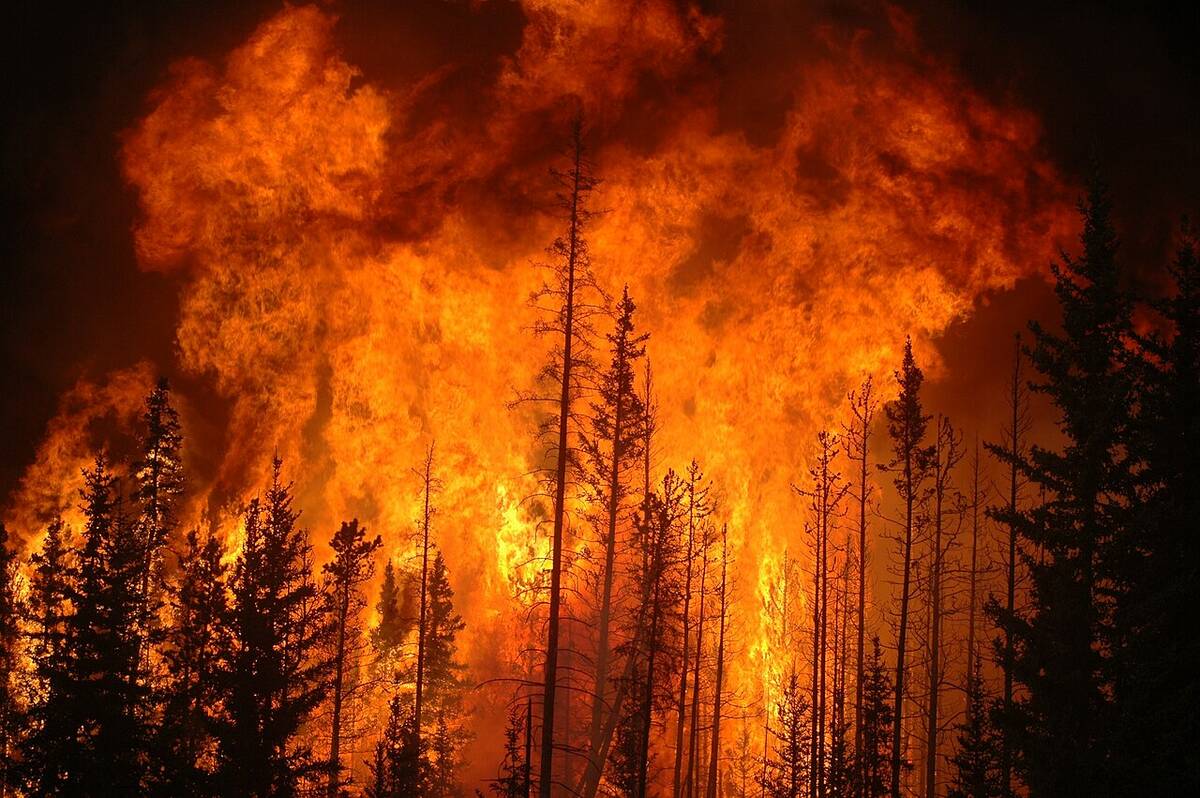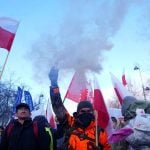I know it is an extremely busy time of year, so thanks to those of you who have found some time to send in weather questions. I try to either answer your questions directly or cover them by writing an article about the topic. If you have sent me a question and I have not answered it yet, please send me a reminder at [email protected]. Oh, and keep the questions coming!
I received a couple of questions over the last few weeks about clouds and how they can be used to try and forecast the weather over the period of a couple of days. I know I had covered this topic in the past and looking back, I realized it has been a few years. So, I think it might be time for a bit of a refresher course on clouds, how they form, how we classify them, and the types of weather that can be expected from different clouds.
To begin with, just what are clouds? To put it simply, clouds are areas of the atmosphere where moisture has condensed and become concentrated enough that it is now visible to the naked eye. The atmosphere always has moisture in it, no matter how hot or cold or dry it is. This moisture is in vapour form and when it is in clouds it has condensed into extremely tiny droplets, or ice crystals (if we can really call them that at this point), they are microscopic and are mixed in with molecules of air. Usually, the amount and size, or concentration of moisture is not great enough for us to see, but under the proper circumstances, atmospheric moisture will “come together” to form clouds.
Read Also

YEAR IN REVIEW: 2025 a year of weather extremes
Wildfires, drought and flash floods, oh my! Looking back at the year’s headline-grabbing events in Canada and around the world.
For clouds to form we need to cool the air so condensation will occur. Condensation is the process by which the tiny molecules of water in the air that are present as vapour condense and come together to form larger droplets or ice crystals. Without going into topics such as vapour pressure, mixing ratios and absolute and specific humidity (we might eventually discuss these in a different set of articles), condensation occurs because, as the air cools, the ratio of evaporation to condensation tilts in favour of condensation.
Evaporation and condensation of water vapour are continuous and ongoing processes in the atmosphere. Usually, more evaporation is taking place than condensation, so, as the microscopic water droplets or ice crystals collide and grow, they quickly evaporate back to their original microscopic size. When we cool a parcel of air enough, the amount of evaporation that takes place decreases because evaporation takes energy that comes from heat. Now, as the microscopic water droplets or ice crystals collide and grow, they do not evaporate as quickly. As more and more collisions occur, they eventually grow big enough to become visible — they have grown large enough to be called a cloud droplet.
When talking about the size of these cloud droplets we are talking about drops of water that range in size from around five microns up to around 50 (one micron is one-millionth of a metre, so these are some really small drops of water!). Another way to compare the size of cloud droplets is that it takes about one million of them to make a raindrop. This is why clouds (or the water in them) do not fall out of the sky. The cloud droplets are so small that they only fall at a rate of about one cm a second or about 0.04 km/h. So, it does not take much of an updraft to keep these tiny droplets airborne.
Colliding, combining
I jumped a little ahead of myself here. I talked about condensation allowing a lot of microscopic water and ice crystals to grow, but I never discussed all the collisions occurring between these microscopic water and ice crystals. There are two main processes that allow for clouds, rain, and snow to form: the collision-coalescence process and the Bergeron process.
The first of these processes is self-explanatory. The microscopic water droplets floating around in the atmosphere collide and combine (coalesce). With each collision, the droplets get larger, eventually becoming visible and possibly even become big enough to be a raindrop. While this process dominates cloud formation in warm regions and times of the year, a second process tends to dominate when it is cold.
This second process is known as the Bergeron process, and it takes advantage of another quirk of water where ice crystals grow larger and quicker than water drops in the atmosphere because the ice crystals absorb water vapour more readily than water droplets. That is, in a cold cloud, these tiny water droplets can often be supercooled below the freezing point and still remain liquid; if an ice crystal is near one of these super-cooled water droplets the ice crystal will absorb the water from the water droplet by causing the water droplet to evaporate while the ice crystal uses this newly evaporated water to grow.
So, in warm clouds, water droplets collide and coalesce growing into cloud droplets that may grow into raindrops and fall to the ground as warm rain. In cold clouds, ice crystals grow quickly and begin to form snowflakes that will then either fall to the ground as snow or melt on the way down and end up falling as cold rain.
Now we know that clouds form when atmospheric moisture condenses into droplets (or ice crystals) that are large enough to be visible to the naked eye. We also know they require that the air be cooled so that condensation occurs more rapidly than evaporation. Now I feel we are ready to move on to our look at the different cloud types — but that will have to wait until next column.
















